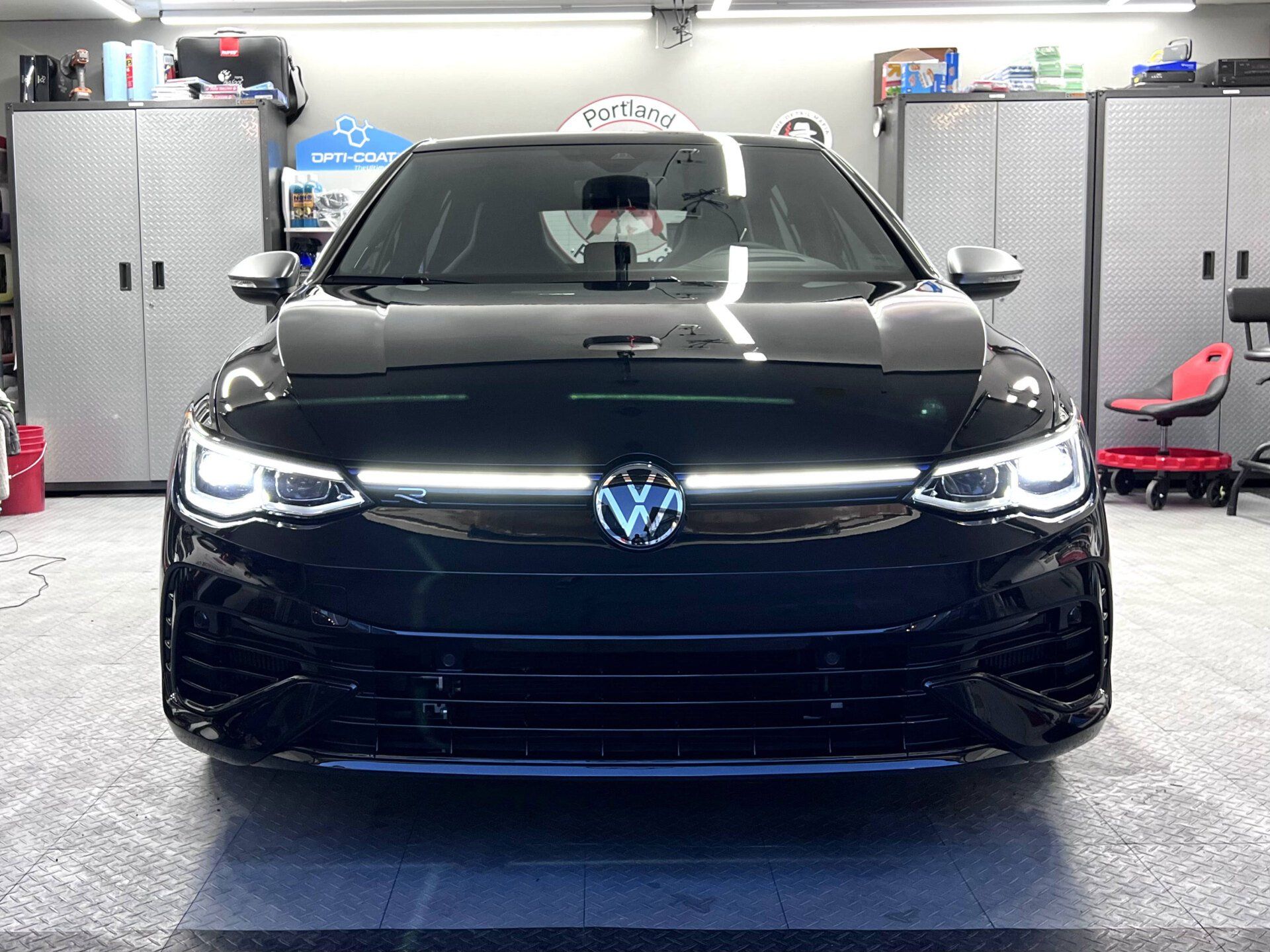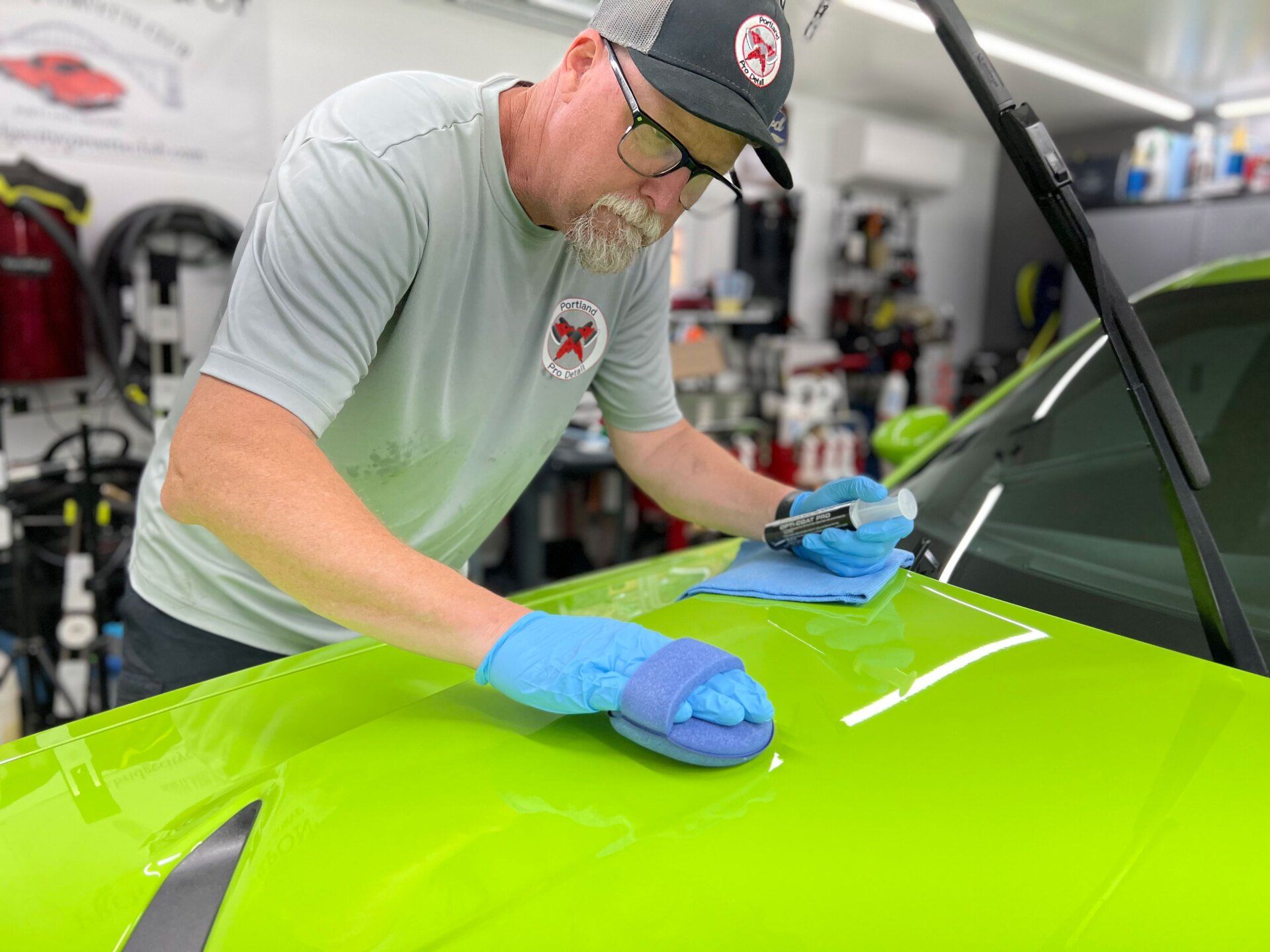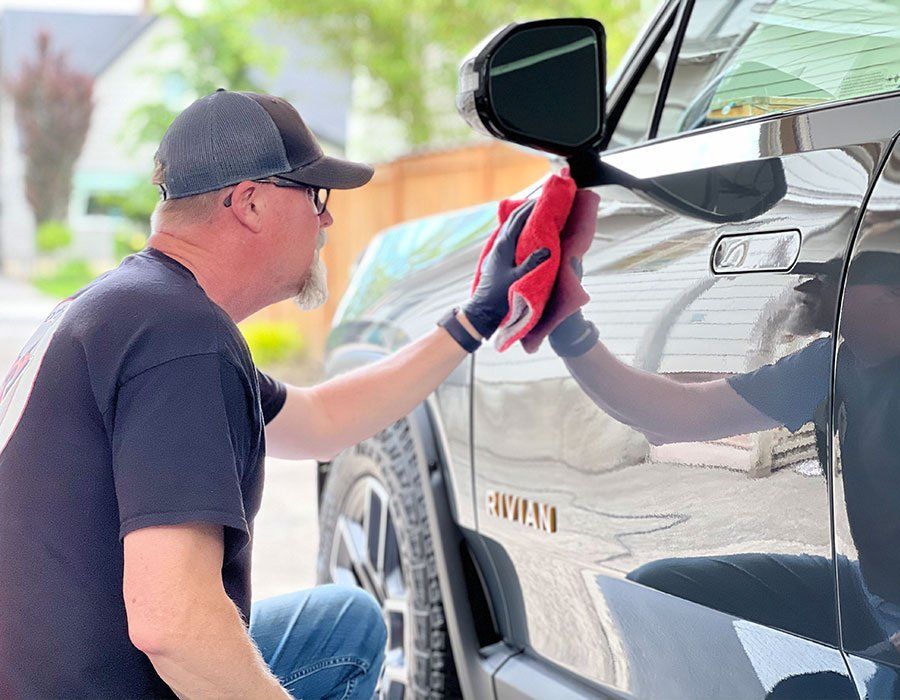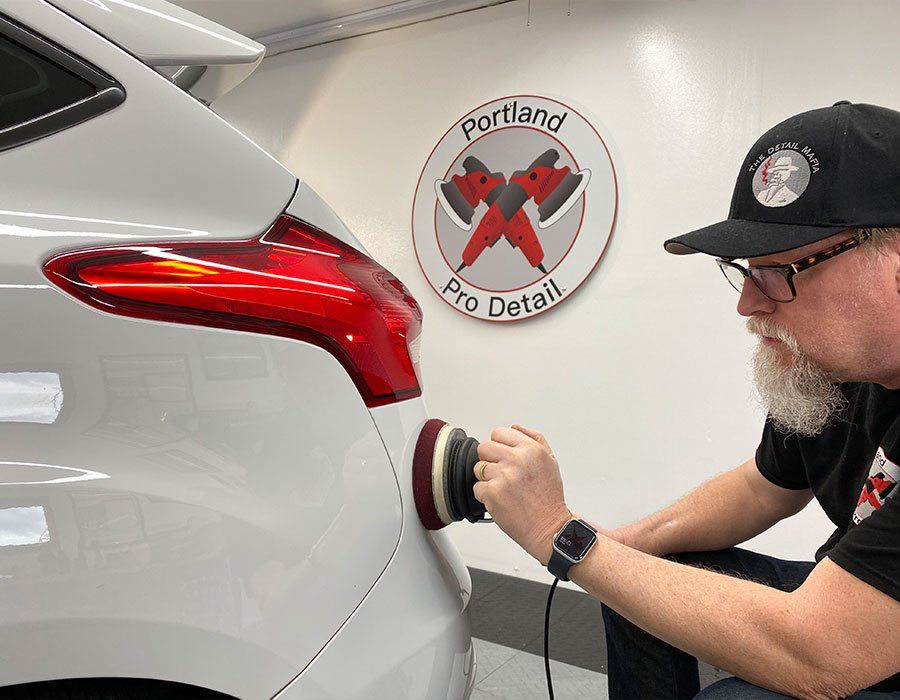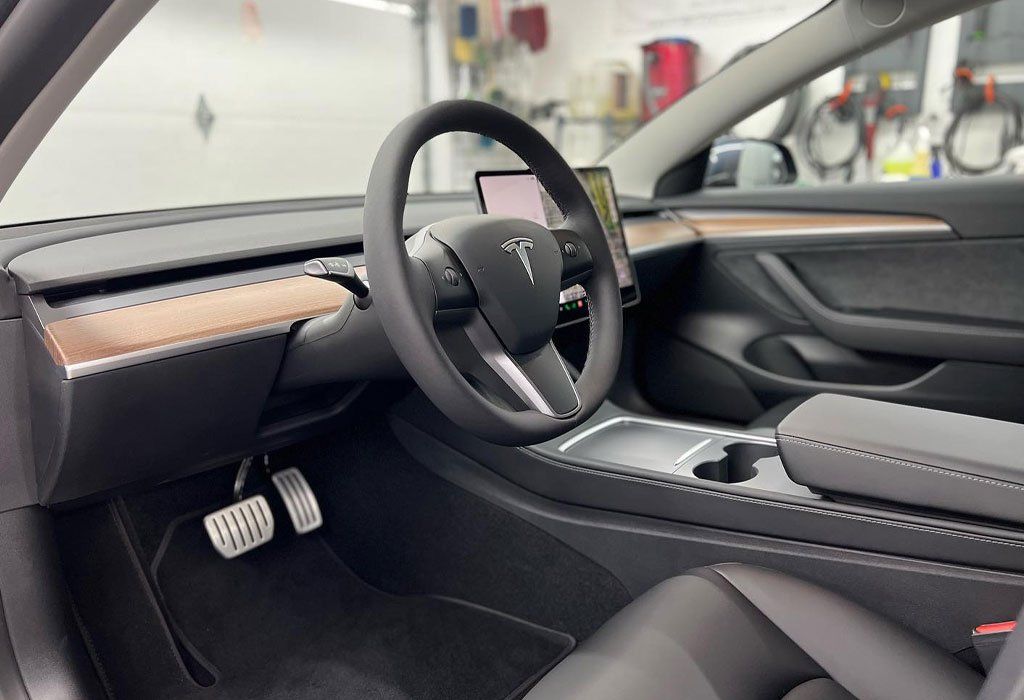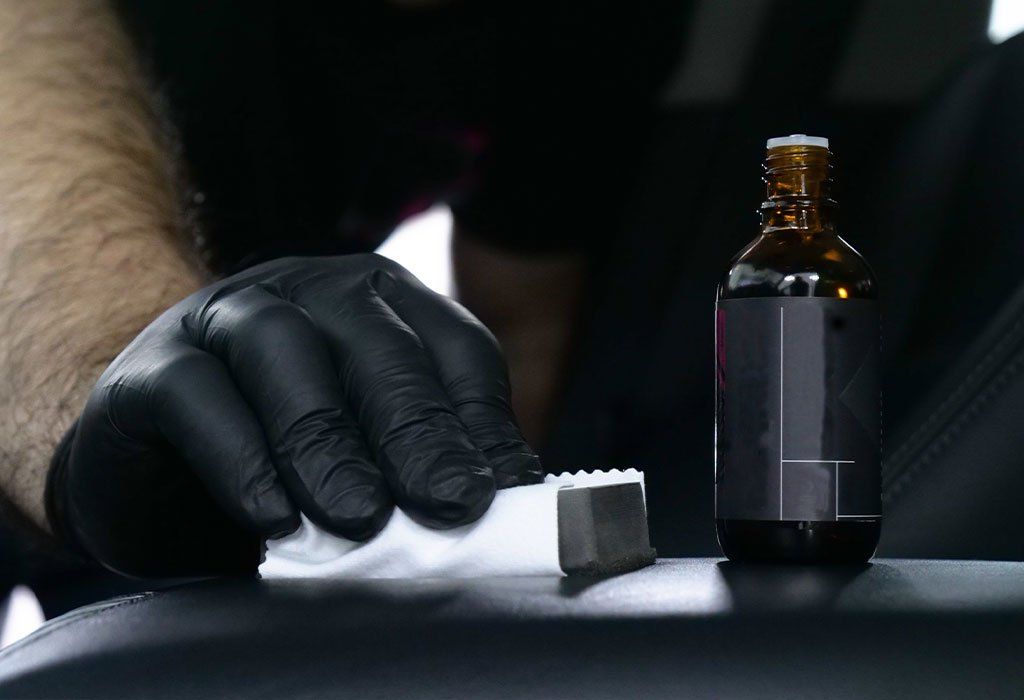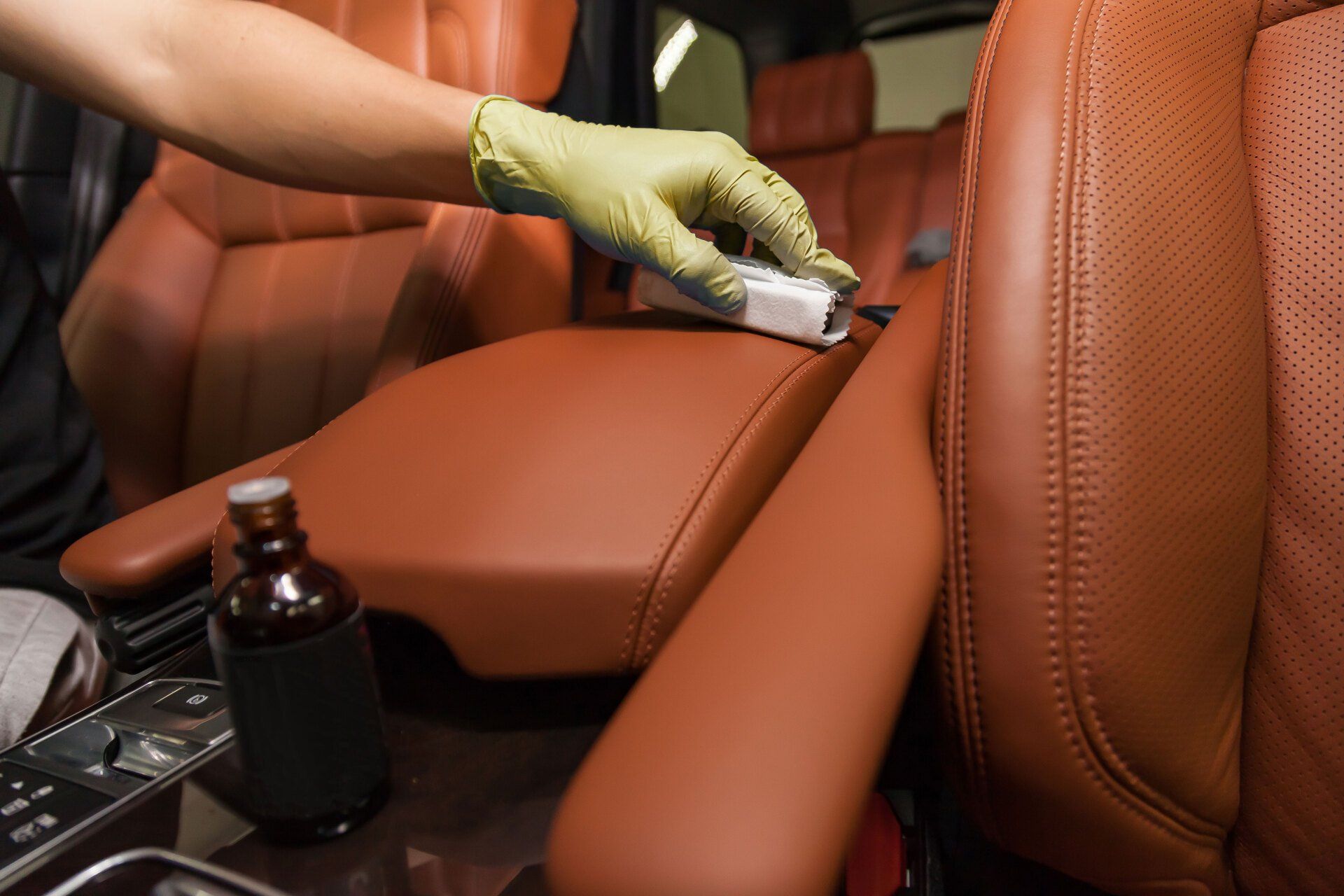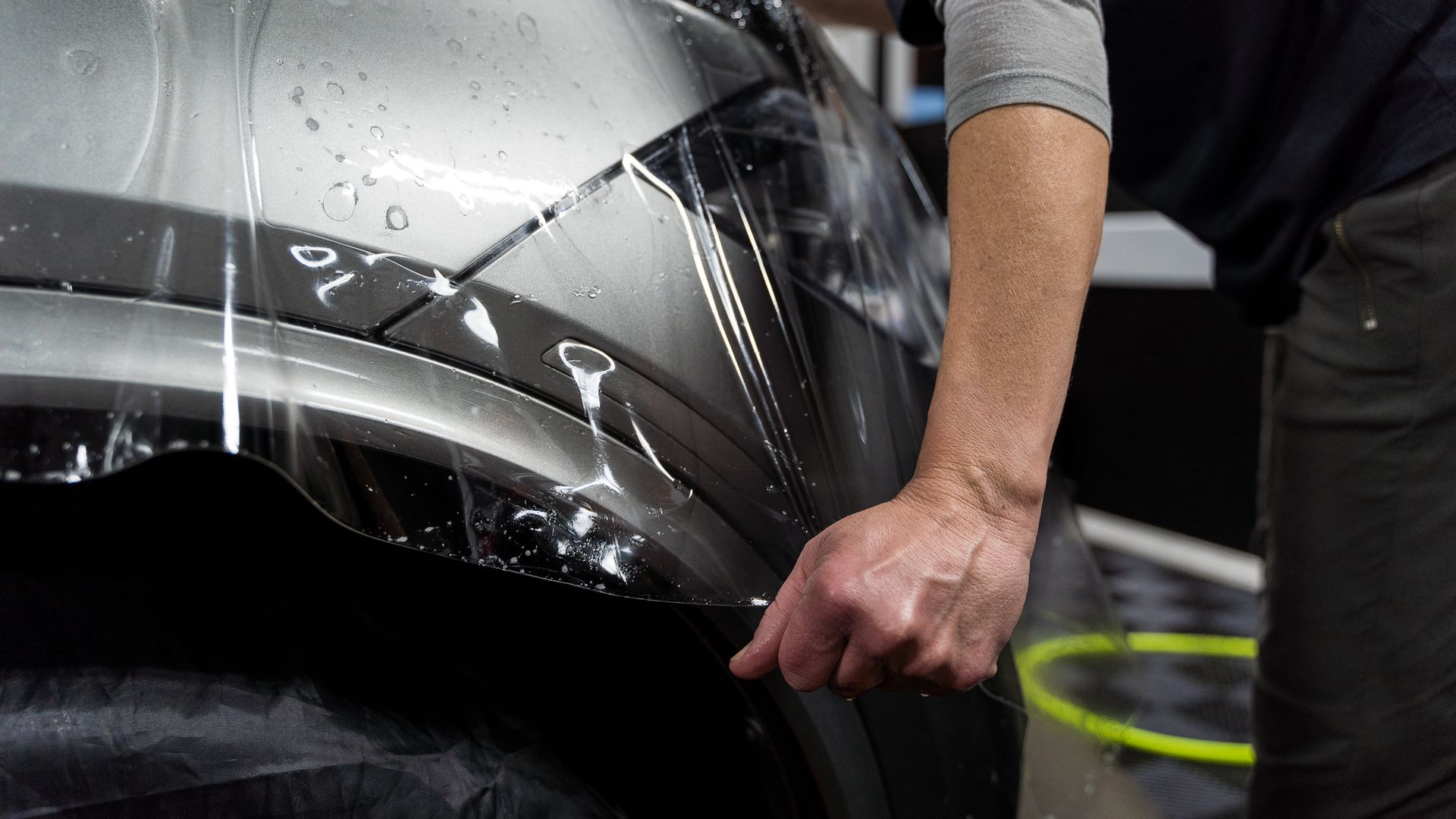Is Interior Ceramic Coating Exclusively for Luxury Cars? Discover Its Benefits for All Vehicles
CALL (503) 444-7415
Have you ever wondered if ceramic coating for your car’s interior is just a fancy treatment reserved for high-end luxury models? You’re not alone! Many think it’s only for those driving sleek sports cars, but in reality, interior ceramic coatings bring amazing benefits to every type of vehicle. Whether you drive a compact sedan or a robust SUV, ceramic coating can enhance durability, resist stains, and make cleaning a breeze.
Interior ceramic coating is not exclusively for luxury cars; it provides significant benefits for all vehicle types, including enhanced durability, stain resistance, and ease of cleaning. This protective solution helps maintain the aesthetic appeal and value of any vehicle by guarding against everyday wear and tear.
Overview of Interior Ceramic Coating
Interior ceramic coating is a remarkable innovation in automotive care that involves applying a liquid polymer specifically designed to enhance and protect the surfaces inside your vehicle. This polymer creates a protective layer at a molecular level, resulting in significant advantages for both aesthetics and functionality. Most ceramic coatings are composed primarily of silicon dioxide (SiO2), a component known for its durability. This means that not only does the coating offer superior resistance against UV rays, it also acts as a barrier against stains, spills, and everyday wear and tear.
The effectiveness of interior ceramic coatings stems largely from their key ingredient, SiO2. When applied, this compound undergoes a unique bonding mechanism that allows it to form a robust and transparent protective layer on various interior materials, including plastics, leather, and fabrics. This is not just about creating a shiny surface; it's about establishing a long-lasting defense against the elements your car encounters daily. With SiO2, you aren’t merely treating your vehicle’s interior for appearance; you are fundamentally enhancing the longevity of its components.
Benefits for Luxury and Non-Luxury Vehicles
Interior ceramic coatings offer a wealth of benefits for all types of vehicles, from family minivans to luxury sedans. These coatings serve as an invisible shield, protecting interiors from everyday wear and tear while enhancing durability and appearance. Here's how interior ceramic coatings can elevate your vehicle care routine.
- Prolongs Vehicle Longevity: Interior ceramic coatings act as a protective barrier against daily wear and tear, keeping your car looking pristine. Whether it's a luxury car or a family SUV, this invisible shield ensures your interior remains in top condition, providing long-term value for all vehicle types.
- Hydrophobic Properties for Easy Cleaning: Ceramic coatings make clean-ups a breeze with their hydrophobic properties. Spills on seats or surfaces no longer stick, allowing you to simply blot rather than scrub. Perfect for busy families, this feature transforms potential messes into manageable moments.
- Protection Against UV Damage: Ceramic coatings guard interiors from the harmful effects of UV rays, reducing fading and cracking in materials like leather and fabric. Ceramic coatings can cut UV-related aging, helping interiors maintain their aesthetic appeal over time.
- Enhanced Durability for Family Adventures: On road trips or daily commutes with kids, ceramic coatings resist liquid absorption and repel stains. Juice box spills or snack mishaps are easily cleaned, ensuring even chaotic journeys don’t leave lasting marks on your vehicle’s interior.
- Boosts Resale Value: A well-maintained interior protected by ceramic coatings can significantly improve your vehicle's resale value. Fresh and inviting interiors reflect care and diligence, appealing to potential buyers and giving your car a competitive edge in the market.
To fully enjoy the benefits, proper application of ceramic coatings is essential. Following expert recommendations ensures optimal performance, maximizing the protection and longevity these coatings offer your vehicle.
Application Process Explained
The application of ceramic coating may seem simple, but it hinges on meticulous preparation and execution. Let's break down each step to ensure your vehicle’s interior surfaces get the protection they deserve.
- Cleaning and Preparation: Start by giving your car’s interior a thorough cleaning. This isn't just a casual wipe-down; it's about eliminating dirt, oils, and any residues from previous treatments. To achieve a successful bond with the ceramic coating, every surface must be pristine. Consider using a vacuum to remove loose debris followed by a pH-neutral cleaner and microfiber cloths to effectively cut through grime without damaging the surface. This step sets the stage for effective adhesion, as any contaminants left behind could hinder the performance of the coating.
- Application: After ensuring that all surfaces are clean and dry, it’s time to apply the ceramic coating. Using a microfiber applicator, gently spread the coating evenly over the surface of your vehicle's interiors. It’s imperative to work in small sections at a time; this allows you to control how much product you're using and ensures even coverage. Give it a few minutes—typically two to five—for the coating to bond with the surface. Patience here pays off; allowing adequate bonding time is essential for long-lasting protection.
- Buffing: Here comes the part where you can show off those elbow grease skills! After waiting for the bonding period, grab a clean microfiber cloth for buffing. This action is not just about polishing; it's crucial for removing any excess product that might have been applied too thickly during the operation. Take your time, working in circular motions across the coated areas until you achieve a smooth, uniform finish. You’ll notice the transformation as you buff away smudges and streaks—this attention to detail not only enhances appearance but also maximizes performance.
Given that applying ceramic coating can take anywhere from 4 to 8 hours depending on your vehicle's size and the number of layers applied, treating this process seriously will offer substantial rewards in terms of longevity—sometimes between two and five years before needing reapplication. By adhering closely to these steps, you'll maximize the benefits of ceramic coating while ensuring your vehicle looks excellent for years ahead.
Maintenance and Long-Term Effects
Maintaining a ceramic-coated interior is not just about keeping it looking great; it's also essential for preserving the longevity of both the coating and your vehicle's surfaces. The beauty of interior ceramic coating lies in its resistance to stains and damage. However, this doesn't mean it’s entirely maintenance-free. Routine care can significantly enhance its protective qualities while ensuring that your vehicle remains a joy to drive.
Routine Cleanings
One effective strategy for keeping your ceramic-coated surfaces in prime condition is regular cleanings with microfiber cloths and pH-neutral cleaning solutions. Why pH-neutral? Well, using products that are too acidic or alkaline can eat away at the protective layer over time, leading to deterioration. By opting for gentle cleaners, you maintain that strong protective barrier while gently removing dirt and grime. After each cleaning session, consider inspecting for any scuffs or minor scratches. Being proactive can prevent larger issues down the road.
Assessing Coating’s Lifespan
As part of your ongoing maintenance, regularly assessing the lifespan of the ceramic coating is crucial. Keeping track of these changes will empower you to make informed decisions about when to refresh your coating. Remember, the longevity of ceramic coatings is influenced by factors such as environmental conditions and how often you drive your vehicle. A consistent check-up every few months will give you a clearer image of your coating's state and whether it's performing optimally.
Considerations
For non-luxury vehicles, consistent maintenance is particularly important to maximize the benefits that ceramic coatings offer. Many car owners underestimate the resilience conferred by ceramic coatings and might neglect regular upkeep. However, treating every vehicle—regardless of its brand—with respect by maintaining its surfaces ensures that your investment pays off handsomely. Not only does it enhance appearance and longevity, but it also adds value should you ever decide to sell or trade in your car.
Cost and Value Considerations
Ceramic coatings offer a unique combination of upfront investment and long-term benefits for vehicle protection. Understanding the costs, benefits, and practical advantages can help you decide if this solution aligns with your vehicle care goals. Here’s a breakdown of the key considerations.
- Upfront Costs: Investing in professional ceramic coating ensures superior protection and expert application. Costs typically range from $300 to $1,000, influenced by factors such as vehicle size and coating quality. While the initial expense may seem significant, professional-grade results provide unmatched durability, appearance, and long-term value for your vehicle.
- Long-Term Value: Despite higher initial costs, ceramic coatings offer long-term benefits by extending your vehicle’s interior life. They protect against UV rays, stains, and wear, reducing the need for frequent detailing and lowering maintenance expenses over time.
- Cost-Effectiveness for Long-Term Vehicle Owners: For those planning to keep their vehicles for years, ceramic coatings can save money on cleaning supplies and repairs. Reduced wear and tear often justifies the upfront expense, transforming the cost into a practical investment.
- Simplified Maintenance: Ceramic coatings make cleaning easier by preventing dirt and grime from sticking to treated surfaces. This means less time spent cleaning and fewer trips to professional detailers, further enhancing their value.
- Suitability for All Vehicle Types: Ceramic coatings aren’t just for luxury cars; they’re a practical solution for anyone wanting to protect their vehicle. Whether you prioritize long-term savings or simplified upkeep, ceramic coatings offer universal advantages for car owners.
Is Interior Ceramic Coating Worth It for Your Car?
Interior ceramic coating offers practical benefits that go beyond aesthetics, simplifying maintenance and protecting your vehicle’s interior surfaces. Whether you're dealing with spills, stains, or daily wear and tear, this solution might be the upgrade your car needs. Here are the key aspects to consider:
- Resistance to Spills and Stains: Interior ceramic coatings create a protective barrier that prevents liquids from seeping into fabrics or hard surfaces. Spills, such as juice or coffee, can be wiped away effortlessly without leaving lasting stains, making it an excellent choice for families or pet owners.
- Ease of Cleaning: Dust, dirt, and grime have a harder time adhering to coated surfaces, reducing the need for frequent cleaning. This feature is particularly helpful for maintaining a spotless interior during busy schedules or after messy outings.
- UV Protection for Interior Surfaces: Ceramic coatings protect dashboards, leather seats, and other materials from fading or cracking due to prolonged sun exposure. This UV resistance helps preserve your interior’s appearance and extends its lifespan.
- Durability Against Wear and Tear: Compared to traditional fabric sprays or leather conditioners, interior ceramic coatings provide long-lasting protection. They withstand everyday use and help maintain the quality of surfaces, even in high-traffic areas like seats and door panels.
- Cost and Convenience: Professional interior ceramic coatings are more expensive upfront but offer extended protection, reducing the need for frequent applications of conditioners or cleaners. For a budget-friendly option, DIY ceramic sprays can deliver similar results with more maintenance.
Interior ceramic coatings simplify vehicle maintenance while preserving its value and appearance. With benefits like stain resistance, UV protection, and durability, they provide peace of mind for busy families, pet owners, and anyone seeking a low-maintenance solution to keeping their car’s interior in pristine condition.
Guard Your Car’s Interior with Premium Ceramic Coating in Portland, OR
Keep your car’s interior as pristine as the day you first drove it with Portland Pro Detail's
top-quality interior ceramic coating services. Our advanced coatings protect your seats, dashboard, and upholstery from stains, spills, and wear, making it easier than ever to maintain a fresh and spotless interior. Whether you're protecting leather, fabric, or vinyl, we ensure your car’s interior stays luxurious and simple to clean. Ready to give your car's interior the ultimate protection? Contact us today at (503) 444-7415 to schedule your service!
Portland Pro Detail Blog
